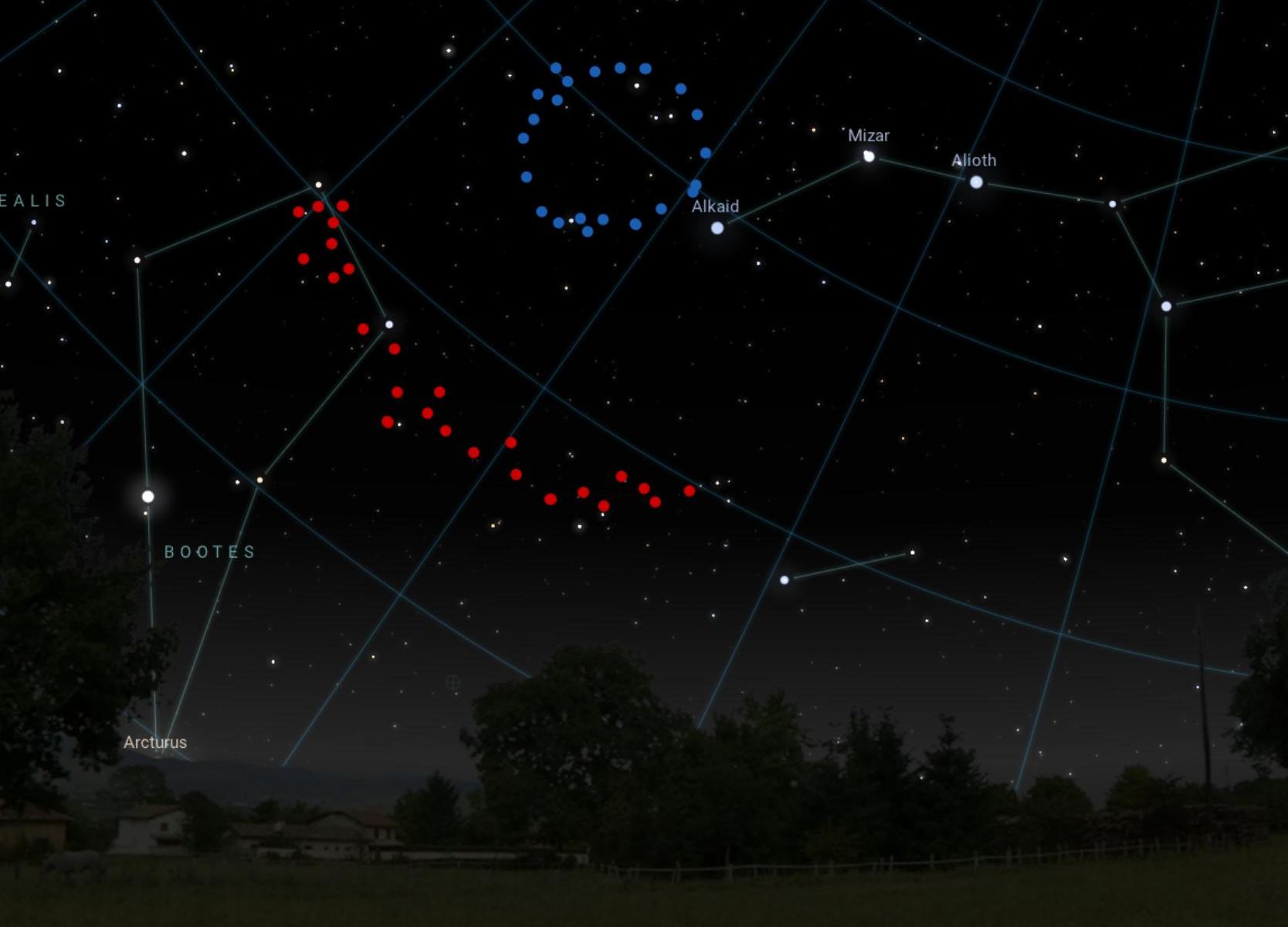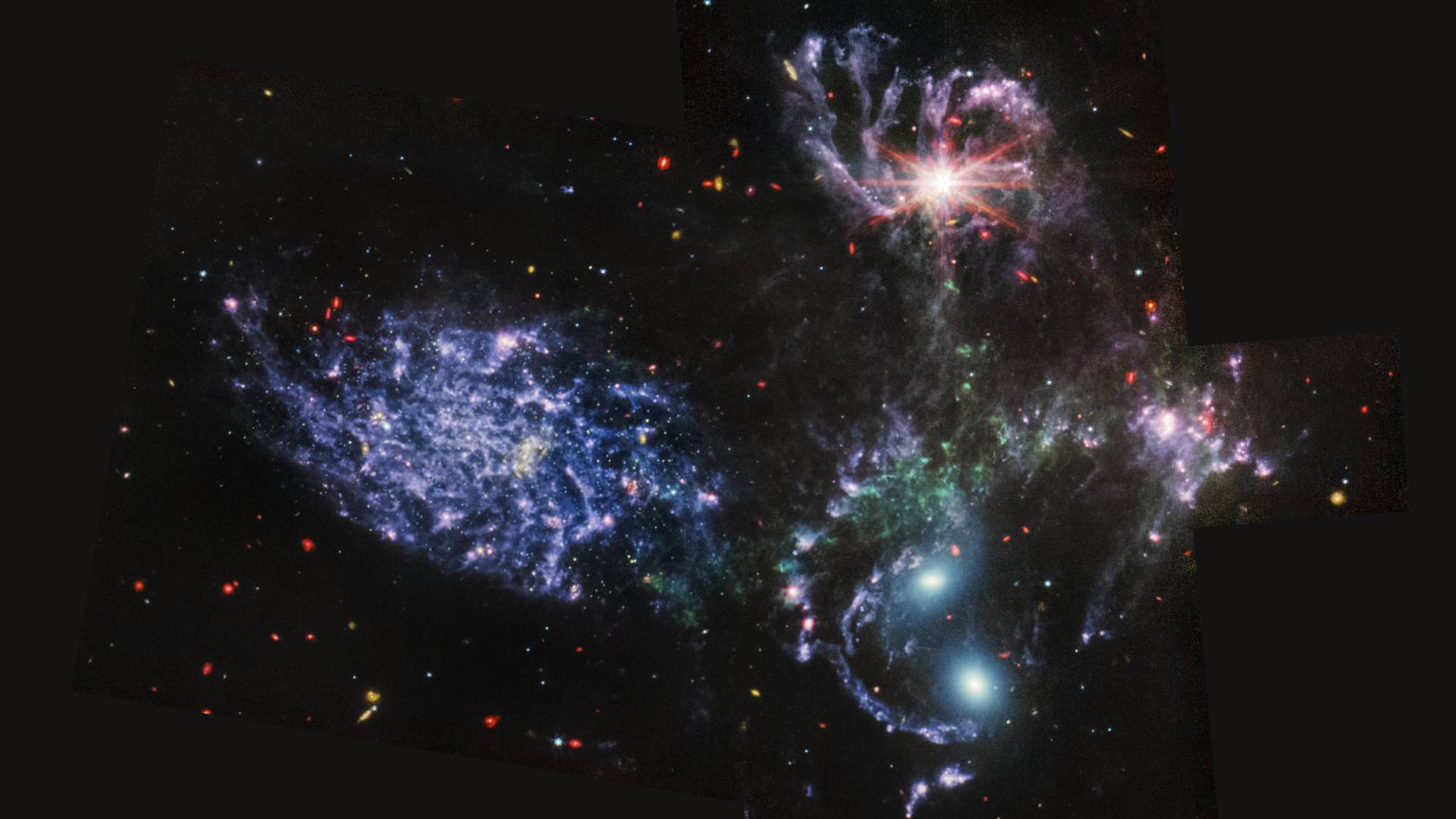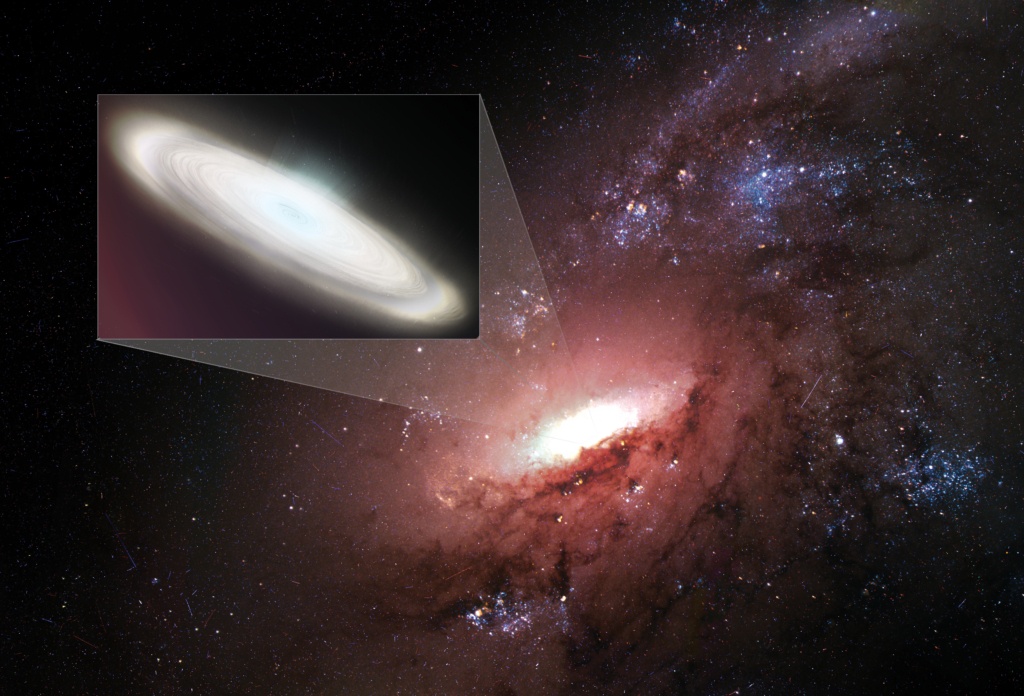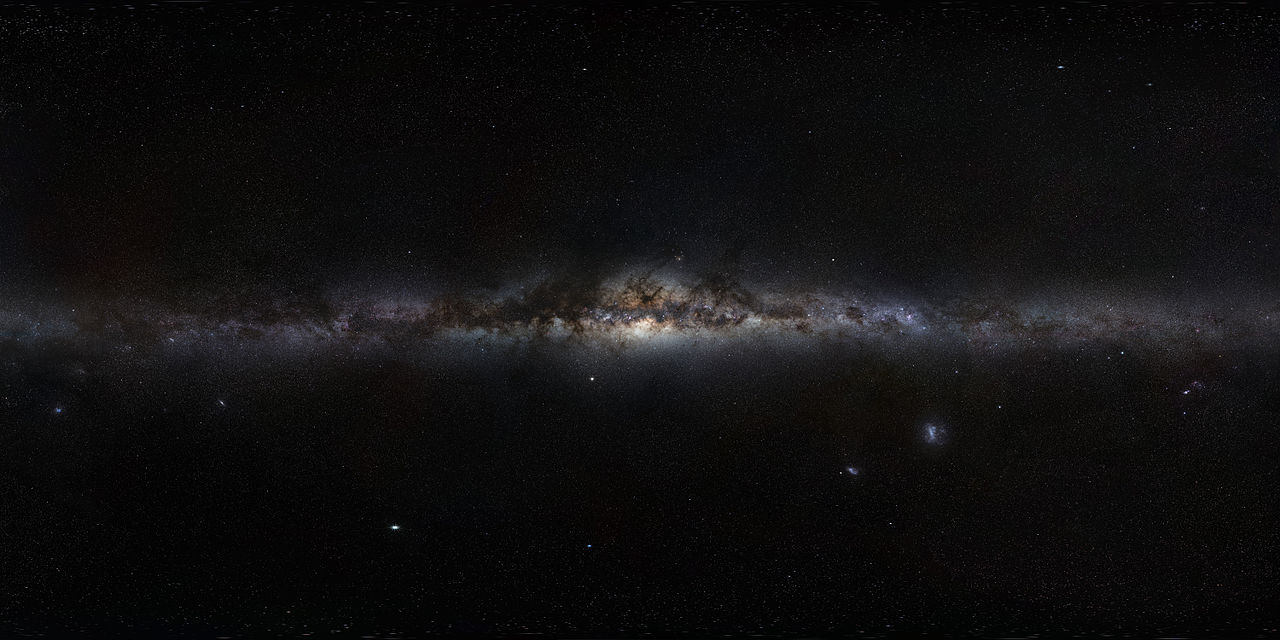The Standard Model describes how the Universe has evolved at large scale. There are six numbers that define the model and a team of researchers have used them to build simulations of the Universe. The results of these simulations were then fed to a machine learning algorithm to train it before it was set the task of estimating five of the cosmological constants, a task which it completed with incredible precision.
Continue reading “Estimating the Basic Settings of the Universe”Estimating the Basic Settings of the Universe










